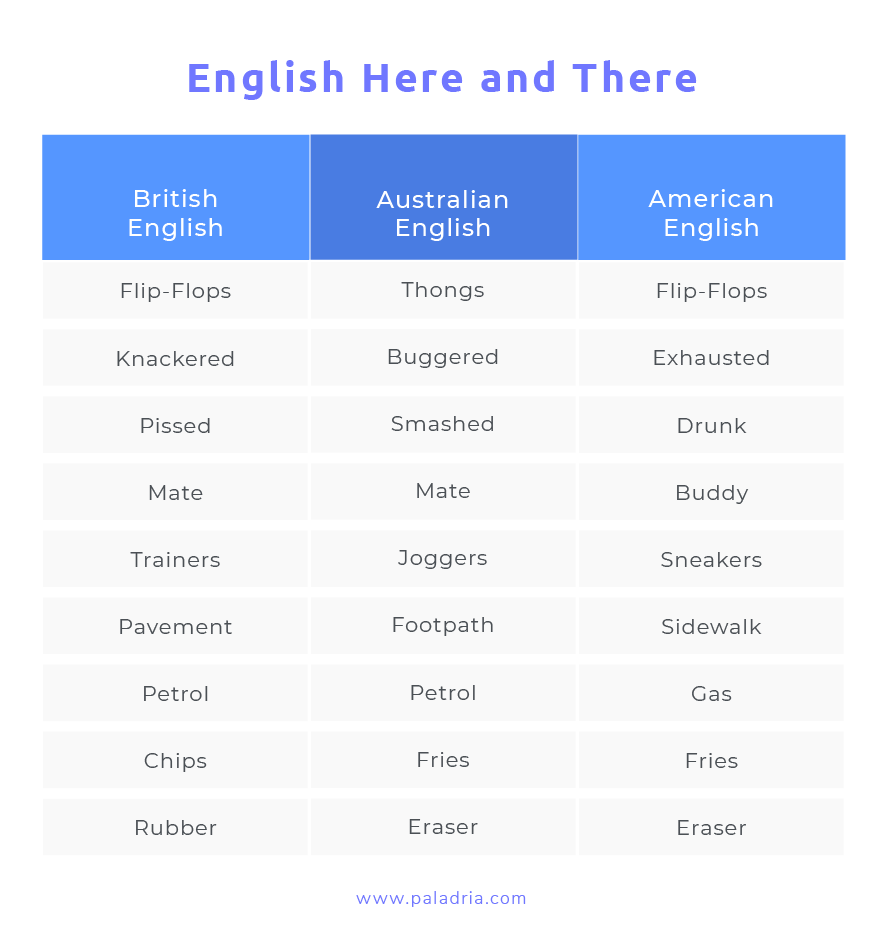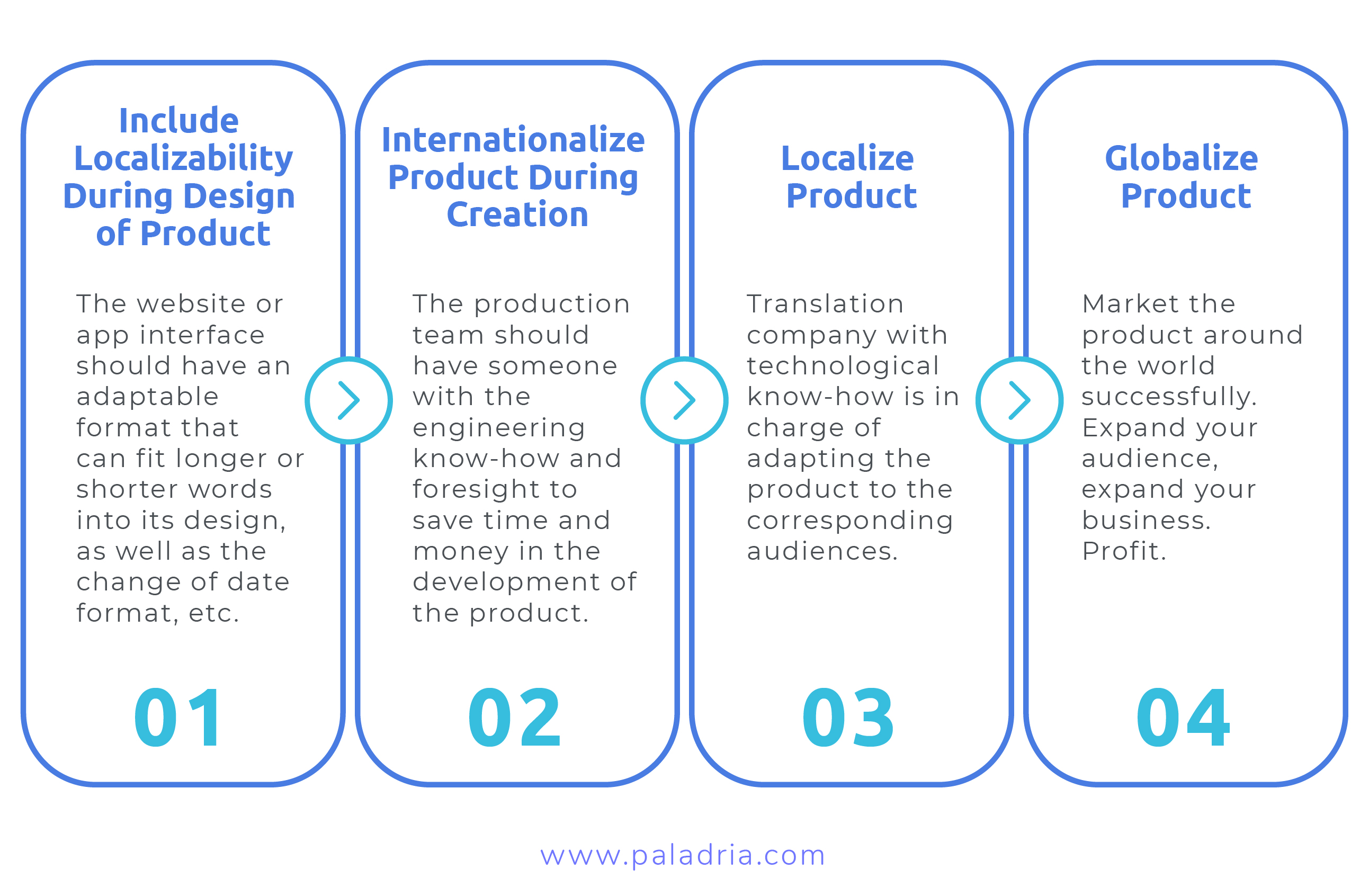No matter what project you are translating, it is not as easy as just popping it into a text box and getting the literal meaning transcribed back. Considering the audience, the dialect, the undertones, and other nuances, you will need a human translator. The bigger the audience and more elaborate your project, the more you need to consider localization. There are different ways of adapting a project depending on what it is.
It isn’t just localization you have to worry about, it’s also globalization, localizability, internationalization, and a range of shorthand that makes you feel like you’re coding in the Matrix. Just what is i18n, l10n, g11n, and l12y and what do they have to do with your project?
The Fluidity of Language
In order to understand what localization is used for, we must begin with the understanding that language is not rigid, it is a living and evolving system that adapts throughout time and regions. Grammar rules are more guidelines for clarity than they are the restrictive limits we try to make them.
All it usually takes is a drive a few hours away from wherever you live to hear different words to mean the same thing. A simple way to illustrate this would be by asking you to think of a carbonated, fizzy, and flavored beverage. Do you think of soda? Pop? A combination of the two? Do you call any soda a “coke?” With such a minor difference within just regional dialect, imagine what that might look like if we go to a whole other country. Canadians call their dollars looneys, which might offend an American who thinks their mental state is being questioned.
You might say a la mode to mean fashionable, or because you want your dessert to come with a side of vanilla ice cream, but if you are ignorant of where your readers are from, the message will get lost. Consider as well how many times the English language itself has changed, how we used to say “thee” and “thou” but now we say “you” and “your”. Languages not only change across nation and time, but across speakers as well. It is very much alive and in constant fluctuation. With all this to consider, there are systems put into practice to make sure the right language is being used for the right context.

Why Does Fluidity of Language Matter?
A lack of correct editing and knowing your audience can easily wreak havoc and make your project be the butt of a joke and detract from the intended purpose. It has happened to the biggest of companies. Consider KFC when it accidentally translated something wrong and told its Chinese audience to “eat its fingers”. Or the time that Pepsi accidentally told, again, its Chinese audience, that the drink would bring people back from the dead. Understanding the fluidity of language is necessary when transmitting a message. Within technology, this adaptation reaches a whole other level, since applications, websites, and other interfaces need specialized change. A lot goes behind making sure an app runs on all operating systems or dates, times, and currencies be displayed correctly.
What Is Localization?
Localization stemmed from the need to adapt technology. More specifically, it came from the need to translate video games to international markets. Pac-Man, one of the first video games to make the change, was originally named “Puck-Man” in Japan. However, due to the fear that the “Puck” would be vandalized to say an obscene word in English, they decided to change the name to the safer Pac-Man. Due to localization (and its cousins internationalization, globalization, and localizability) being essential in technology, it has its own abbreviation: l10n. The 10 refers to the number of letters between the L and the N in “localization”.
Localization adapts a product to fit the culture.
It isn’t enough to just translate something from one language to another, since different cultures with the same language can still have extremely different references, vocabulary, hobbies, etc. A great example of localizing within the same language is Harry Potter, a novel written in British English, that needed to be localized to fit American audiences. The most popular change was the title of first book, which was changed from The Philosopher’s Stone to the Sorcerer’s Stone. It wasn’t just a matter of better selling the book to its American audiences, however, it was also a matter of its readers being able to relate and submerge themselves in the world of magic without stopping to question what certain words meant. Some of the words that were changed were “car park” to “parking lot”, “jumper” to “sweater”, “ice lolly” to “ice pop”, “comprehensive” to “public school”, and “football” to “soccer”. While some of the changes were not necessary, most of them allowed for the reader to not feel disconnected from the book.
Relatability is an important aspect of buying or using a service. Therefore, the better a client can relate to the material, the more chances they will be interested in further participating with it. This is how localization helps a product. It isn’t just transferring from one language to the next, it’s incorporating cultural awareness as well.
Video games and books are just the beginning of how localization needs must be met however, as different operating systems in computers and phones will change how a program functions, pop cultural references must be taken in, and things like social laws may also affect the way something can be introduced to a new market.
What Is Internationalization?
Internationalization, or i18n, is what is done to a project to allow localization to even be done. In website design this includes inserting code that allows the project to be adapted for different operating systems. In translation, it might include highlighting the aspects that might need to be localized. While localization takes care of the process itself, internationalization is more about design. Internationalization needs to be done by someone with the right engineering technique for each project, depending on what each project needs. Once these needs are met, a project can be perfectly adapted to different audiences by creating a space for the nuances that need to be looked at.

What Is Globalization?
Globalization, also known as g11n, is often used interchangeably with internationalization. It is a strategy used by any industry desiring to amplify their market to worldwide audiences. Unlike localization, which could be said to have been founded within the world of technology, globalization has been around for hundreds of years.
Globalization in translating shows up in different ways.
One such way is the fees change depending on who you hire and where, which changes the price of a translation. That being said, it tends to be harder to find translators across the globe due to language barriers, time zone differences and cultural discrepancies. Hiring a business to do the work is a great way to avoid these issues as a translating business can use globalization to everyone’s advantage, which would aid the marketing and advertising branch of the project at hand.
What Is Localizability?
Imagine creating a website or computer program that you want to translate to various languages. Before you do that, you need to test its localizability, also known as l12y. There can be different things that pop up like not having enough space in a button to type out the translation (known as truncation) or other user interface issues that make the website or program hard to localize. Localizability refers to the ability for something to be localized.
How Do Localization, Internationalization, Globalization, and Localizability Work Together?
Whether you are translating a book, a videogame, or something in between, you will need your work to be localized so it can be globalized. If you are working specifically with technology, you will absolutely need to go through the process of testing localizability, get an engineer to internationalize it, localize it with the right company, so that your product can be globalized.

Localization is what allows for a product to reach its intended audience and it’s a step by step process that needs experts in the field. A mediocre job will get mediocre results and will only get so far. The more efficiently and thoroughly the l12y of a product is taken seriously, the more money and time it’ll save while still reaching a wide audience.
Paladria sources from language experts from all around the world and from different perspectives to be able to bring to you the dedication and relevance you need to your project. We are experts in technology + translation and will make the localization process hassle-free for you. Click here to get a free quote from us.

Master Language Learning with Mosalingua
With Mosalingua's platform, you can immerse yourself in Spanish, French, Japanese, and more. Learn independently, while also benefiting from a committed team's support, ensuring continuous motivation and expert guidance every step of the way. With an impressive 4.5/5 ★ rating on the app and endorsements from Cosmopolitan, HuffPost, and Mashable, join the thriving community of language learners who rely on Mosalingua as their comprehensive solution for fast and effective language acquisition.
This website may contain affiliate links, which means we may earn a commission if you click on or make a purchase through the link.



